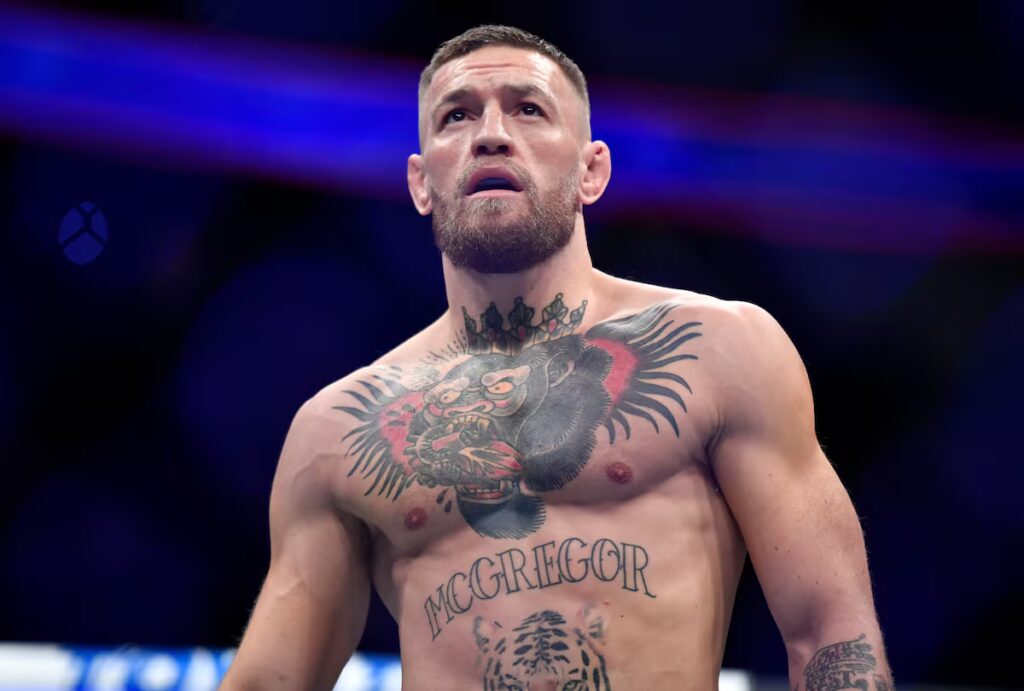
Marcus Capone was a soldier in the United States Navy’s land, sea, and air squadrons (commonly known as Navy Seals) until 2013. He enlisted after the terrorist attack on the Twin Towers in 2001. He served in Afghanistan in 2005 and spent about 300 days away from home from one mission to another. During that time, like many fighters and veterans, he developed post-traumatic stress disorder. He self-medicated. He suffered from depression, anxiety and had nightmares. He knew he had hit rock bottom when his wife, Amber Capone, found him early one morning in their living room with an empty whiskey bottle and a loaded gun while watching old videos of his soldier training on television. When he thought there was no longer a solution to his condition, he found light in Tijuana, Mexico, through treatment with ibogaine, an alkaloid with hallucinogenic and stimulating effects which, in recent years, athletes and artists from the nearby northern country have begun to access to cure their addictions.
Tourist paradises in Mexico such as Tulum, Cozumel, Rosarito, Tijuana or Los Cabos, respectively on the Yucatan Peninsula, in Baja California or in Baja California Sur, have become oases where these types of psychedelic substances are offered. Ibogaine is derived from iboga, a shrub native to the rainforests of central Africa. This drug is obtained from the root bark, which is crushed and consumed in the form of a powder or administered in the form of an extract.
In countries such as Gabon, the Republic of Congo or Cameroon it is used for medicinal and ritual purposes. Over the past 10 years, small studies have confirmed the effects of ibogaine in treating opioid addiction, suggesting that between one-third and two-thirds of patients undergoing treatment achieve sobriety. There is also research at Stanford University in the US, where scientists studied the potential of this drug in treating traumatic brain injury and post-traumatic stress disorder (PTSD).
Famous people such as Jordan Belfort, the former stockbroker convicted of stock market manipulation and money laundering, whose life inspired the famous film The Wolf of Wall Street (2013), or the former basketball player who played 14 seasons in the NBA, Lamar Odom, are some of those who say that ibogaine helped them overcome opioid addiction.
Carlos Rius, an academic at the Faculty of Medicine at UNAM, says there is still no scientific way to verify whether these claims are true. He talks about there being a small study done in New Zealand a few years ago, where 20 people who used opioids started taking small doses of ibogaine. “After a year it turns out that more or less 14 people have managed to reduce their use of opioids. One of them died in the middle and the others relapsed into use,” he explains on the phone.
The most recent case to join the list was that of Irish mixed martial arts fighter Conor McGregor, who was accused of sexual assault in the last year and was described in the trial against him as leading a lifestyle of partying, alcohol and drug use. In a publication on his account on the social network X, he claims to have “seen the light” thanks to a “hallucinogenic treatment” in Mexico.
“They showed me what my death would be like. How soon it would happen and how it would affect my children. He looked at me as it happened, and then I looked down from the coffin. Then God came to me in the Holy Trinity. Jesus, his son. Mary, his Mother. The Archangels. All present in heaven. I received the light. Jesus came down from the white marble steps of heaven and anointed me with a crown. I was saved! My brain. My heart. My soul. “Healed!” he explains in his tweet.
Hey guys, I’m back. ❤️
I was fortunate to meet the most forward-thinking doctors at Stanford University and undergo a series of treatments to address the trauma.
I traveled to Tijuana Mexico and underwent ibogaine treatment at AMBIO.
Look at the @netflix documentary simply…
— Conor McGregor (@TheNotoriousMMA) November 23, 2025
The Irish fighter claims he was treated at the Ambio clinic in Tijuana, where Capone and other former US Navy Seals recounted, in the documentary In Waves and War, who also healed their PTSD thanks to ibogaine. These types of centers charge between $3,000 and $20,000 for treatments that can last 7 to 10 days. Famous people and war veterans from the neighboring northern country have begun to travel to Mexico for these types of solutions, as this drug is illegal in the United States. Only in countries such as Australia, New Zealand and Finland is its possession, transport and cultivation legal, while its sale takes place in a controlled manner.
On the other hand, in Mexico, as Rius explains, ibogaine is unregulated, so it’s in legal limbo, meaning it’s not banned, but it’s also not subject to standardized government oversight. “The problem with ibogaine is that it is highly toxic, affects and produces arrhythmias in the heart, and can even cause death if consumed in large quantities. Each person will have a slightly different response to this. Not many studies have been done because it is not accepted in most countries,” he adds.
In Tijuana, according to what the documentary shows In Waves and Warpatients are accompanied by a therapist, an emergency doctor and a nurse. The therapy consists of two main phases. On the first day they are given ibogaine, connected to a heart rate monitor and enter a psychedelic trance. Capone, he says, was responsible for the death of Josh, one of his colleagues, who died during a mission in Afghanistan.
“I remember at one point I heard the buzz of a chainsaw and complete chaos. As if someone was kicking you in the balls over and over again without escape. I saw thousands of photos flashing by. Of my childhood. Of my father. I also saw a vision of Josh happy, smiling. It made me realize that none of this was my fault. I felt a relief, as if my brain had been defragmented,” Capone recalls in a fragment of the documentary.
The consumption of ibogaine is complemented by the so-called toad ritualwhich consists of smoking the toxin of this amphibian from the Sonoran Desert, which secretes a milky white poison aimed at deterring predators that contains 5-MeO-DMT. The main use they make of them in therapy in these centers is through the vaporization of these toxins. “It’s like accessing the ocean of the self. I think it’s very effective at breaking down the psychological barrier between ourselves and everything else. I like to say that the ibogaine exfoliates you from the inside out and then the 5-MeO-DMT gently polishes you,” says Trevor Millar, psychedelic facilitator and co-founder of the Ambio clinic.
Rius is convinced that in Mexico there is not much regulation of the various substances which, for him, have a placebo effect. “There are a large number of clinics that promote all kinds of treatments for cancer, for diseases that have no cure and that administer various substances that sometimes don’t even do anything. They buy and distribute ibogaine as a food or natural supplement. It doesn’t have to go through the Ministry of Health or Cofepris (Federal Commission for Protection against Health Risks). The legislation is very relaxed in this sense,” he completes.
However, Capone is cautious about the benefits of ibogaine for his PTSD. He admits, in a snippet of the documentary, that his depression comes and goes. He says we shouldn’t set in stone that “misconception” of psychedelics, “that you consume them once and you’re healed forever.” “It opens you up and gives you a new canvas to paint what you want (ibogaine). You have to think about plans, go step by step or you can get worse,” he reflects.





